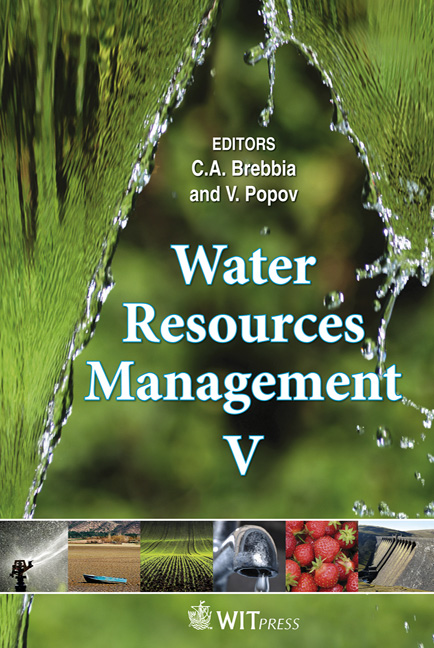Tracking Political Climate Change: US Policy And The Human Right To Water
Price
Free (open access)
Transaction
Volume
125
Pages
12
Page Range
579 - 590
Published
2009
Size
422 kb
Paper DOI
10.2495/WRM090511
Copyright
WIT Press
Author(s)
F. Sternlieb & M. Laituri
Abstract
The Paul Simon Water for the Poor Act of 2005 (PL 109-121) aims to \“make access to safe water and sanitation to the developing countries a specific objective of the United States foreign assistance programs.” Although the Act makes no mention of a right to water and sanitation (RTWS), but instead focuses on issues related to sustainability, equity, and affordability, the case to improve access to water and sanitation is eloquently stated. The United States’ tactic mirrors the international approach to water: fragmented, multiple governing agencies managing narrow components, competing ideologies for water management, and confusing regulatory structures for legal water rights and water quality standards. Alternatively, this confusing context provides the foundation for innovative approaches to water solutions that include integrated water resource management, collaborative partnerships, and adaptable management strategies that are focused on place-based solutions and processes. This paper outlines a methodology to assess the Paul Simon Water for the Poor Act (WfP Act) by (1) tracking access to safe water and sanitation, (2) identifying water resources governance and management efforts for water productivity, and (3) including efforts to improve water security through increased cooperation on shared waters. Using a geographic information system (GIS), the outcomes will be classified by geographic extent and include projects that are country, regionally, or community-driven, have measureable results, and maximize impacts with specific emphasis on women and children. The Paul Simon Act is required to prepare an annual report to Congress that describes key activities and reforms. This information can be displayed spatially using a GIS. A comparative analysis will be designed by linking results from the WfP analysis to results of the UN’s Millennium Development Goal (MDG) Joint Monitoring Programme for Water and Sanitation to initiate a global assessment of the RTWS. Keywords: US Policy, right to water, GIS, IWRM, MDG.
Keywords
US Policy, right to water, GIS, IWRM, MDG





